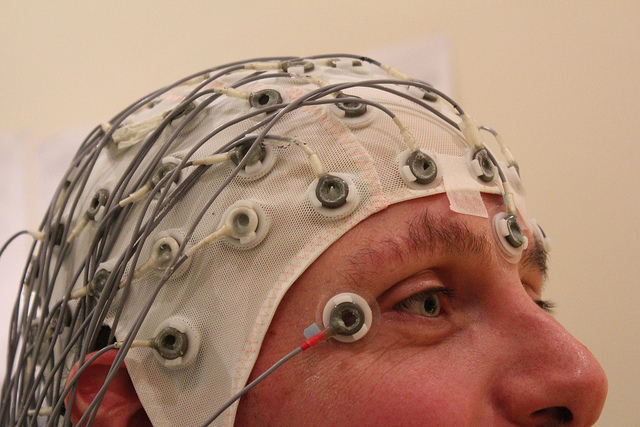The Development of Electroencephalography
01/01/1924 (Circa)01/01/1934 (Circa)View on timeline
While the availability of functional neuroimaging has driven the neuroX, their existence also depends on the principle [...] that “imaging the brain provides information about the mind” (Farah 2010b, 4). Historically, such a principle has been often associated with the belief that brain images allow some form of “mind reading.” The boom of optical instrumentation that began in the mid–nineteenth century gave plausibility to brain/mind-reading fictions. With the development of electroencephalography in the early 1930s, some researchers became convinced that the recorded waves would offer direct insights into mental life (Borck 2005).

In the videos below, you can see EEG in action and understand a little bit more about how it works. There's even footage of people playing the game Pong through signals generated by EEG!












0 comments
Sign in or create a free account